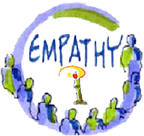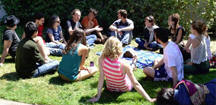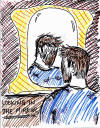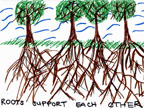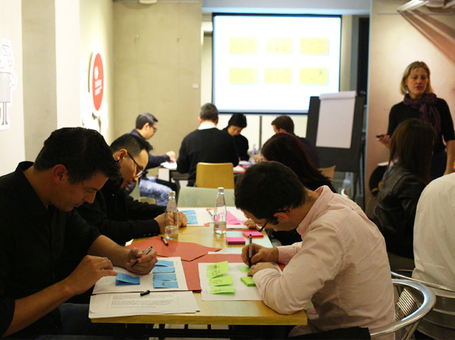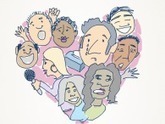| Breaking assumptions with empathy | ||
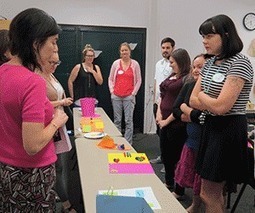
|
"Over and over, one of the big lessons in design thinking seems to be don’t assume—discover directly. The insights gained from talking directly to users informs our understanding of their needs,
Have you ever noticed how sometimes an idea you are exploring
just seems to be everywhere you turn? Right now, for me, the
idea is design thinking. In April, I not only went to one
workshop, but by the time the month was over, I had experienced
three introductory design thinking workshops. |
|
